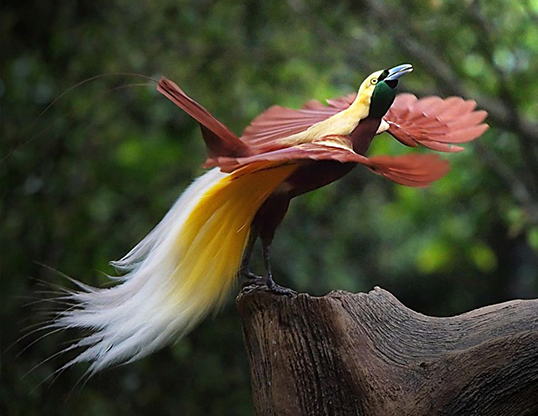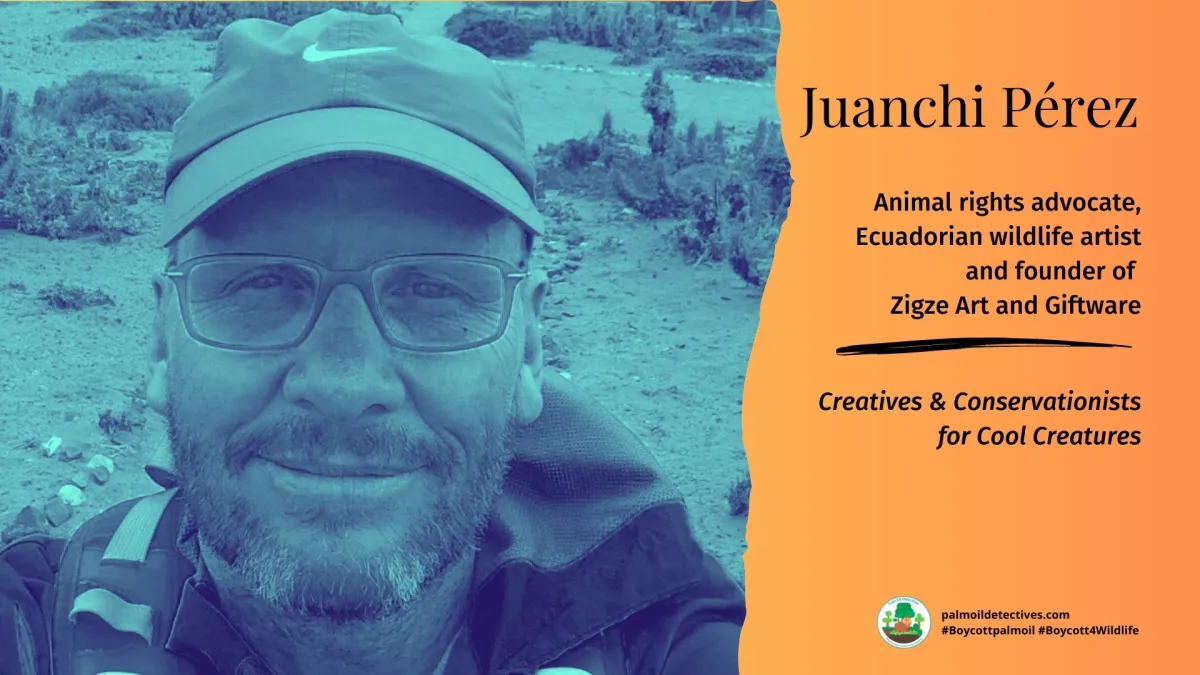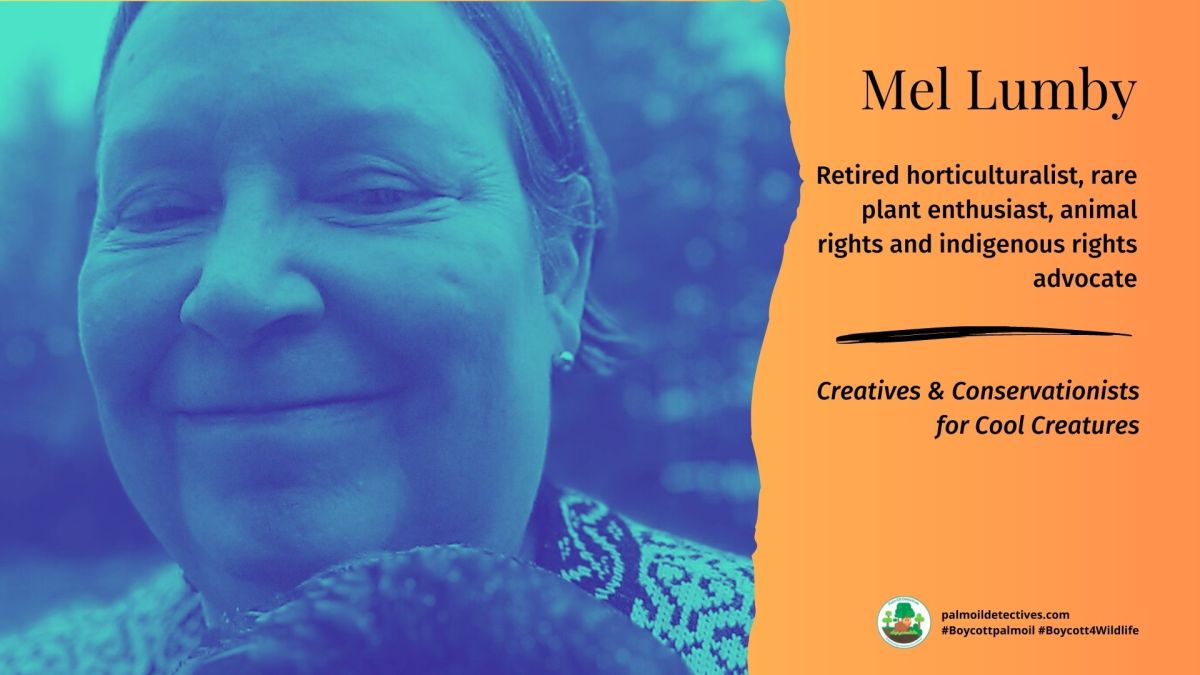Goldie’s Bird-of-paradise Paradisaea decora
Vulnerable
Location: Papua New Guinea
The Goldie’s Bird-of-Paradise lives in forest between 300 m and at least 750 m, occasionally down to near the coast (Beehler and Pratt 2016). They appear to inhabit secondary regrowth and forest edge, suggesting some tolerance of logging (Coates 1990, Frith and Beehler 1998). These birds do not occur in heavily degraded forest, but do occur in recovering selectively logged forest, and return to regrowth forest that was cut for subsistence gardens after 20-30 years of regrowth (D. Mitchell in litt. 2016). As of 2016, the resumption of logging in the East Fergusson Timber Rights Purchase Areas was in its second of fifth year of logging (D. Mitchell in litt. 2016).
The Goldie’s Bird of Paradise is a rustling rainbow. They are #vulnerable in #rainforests of #PapuaNewGuinea and #WestPapua due to #mining and #palmoil #deforestation Help them each time you shop and #Boycottpalmoil #Boycott4Widlife
Tweet

Habitat loss and degradation through commercial logging, mineral exploration and clearance for agriculture are on-going threats.
IUCN Red List
Support the conservation of this species
There are currently no conservation activities in place.
Create art to support this forgotten animal.
Further Information
BirdLife International. 2016. Paradisaea decora. The IUCN Red List of Threatened Species 2016: e.T22706257A94058564. https://dx.doi.org/10.2305/IUCN.UK.2016-3.RLTS.T22706257A94058564.en. Downloaded on 03 February 2021.


How can I help the #Boycott4Wildlife?
Contribute in five ways
1. Join the #Boycott4Wildlife on social media and subscribe to stay in the loop: Share posts from this website to your own network on Twitter, Mastadon, Instagram, Facebook and Youtube using the hashtags #Boycottpalmoil #Boycott4Wildlife.
2. Contribute stories: Academics, conservationists, scientists, indigenous rights advocates and animal rights advocates working to expose the corruption of the palm oil industry or to save animals can contribute stories to the website.
3. Supermarket sleuthing: Next time you’re in the supermarket, take photos of products containing palm oil. Share these to social media along with the hashtags to call out the greenwashing and ecocide of the brands who use palm oil. You can also take photos of palm oil free products and congratulate brands when they go palm oil free.
4. Take to the streets: Get in touch with Palm Oil Detectives to find out more.
5. Donate: Make a one-off or monthly donation to Palm Oil Detectives as a way of saying thank you and to help pay for ongoing running costs of the website and social media campaigns. Donate here








